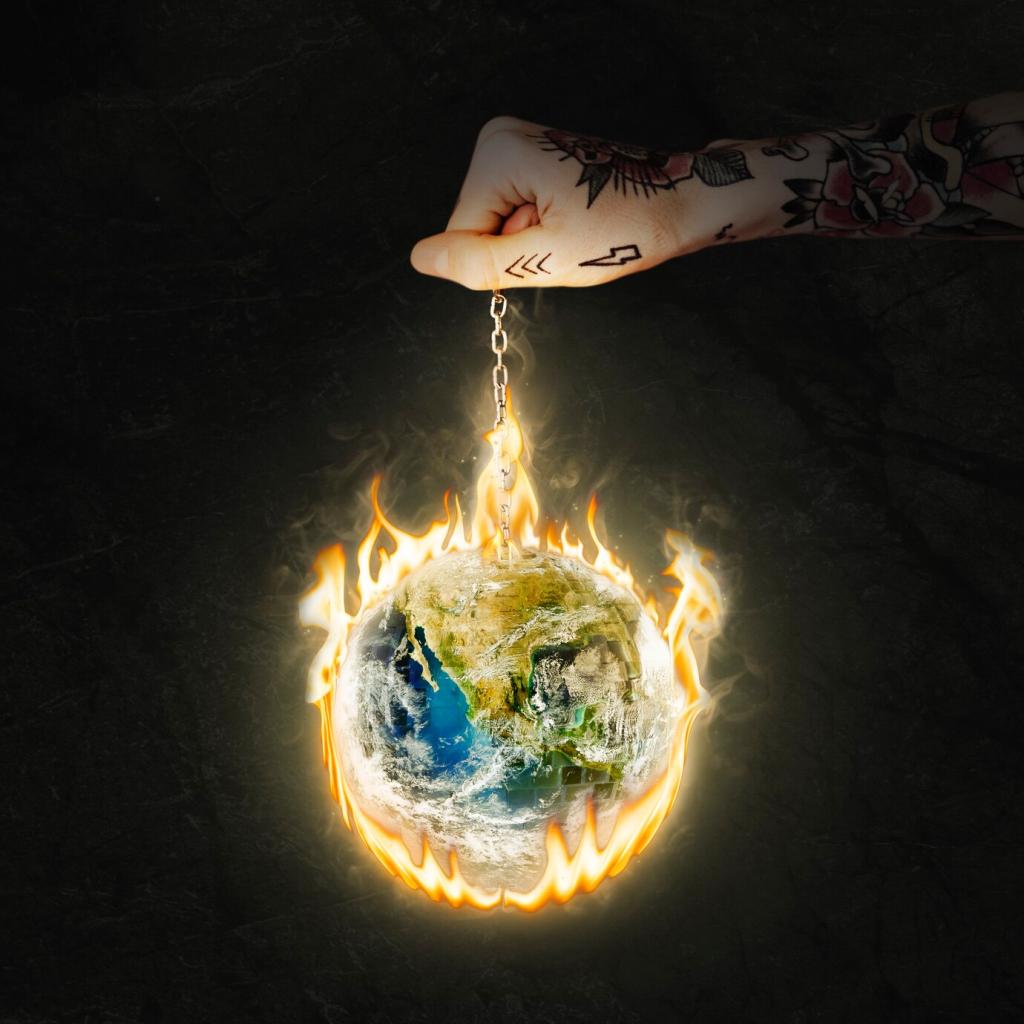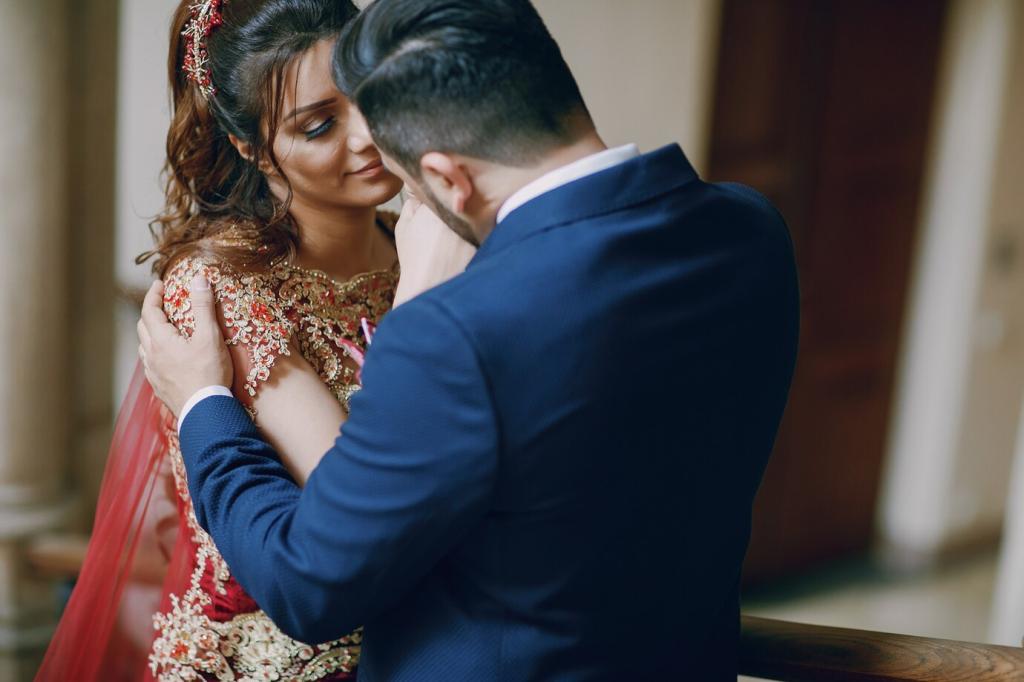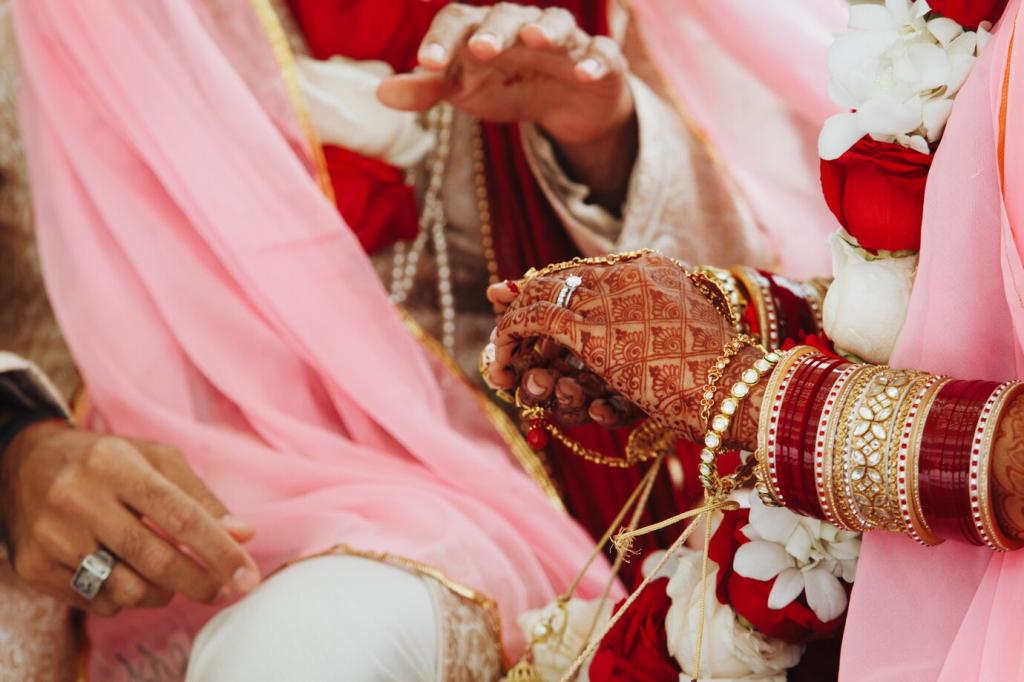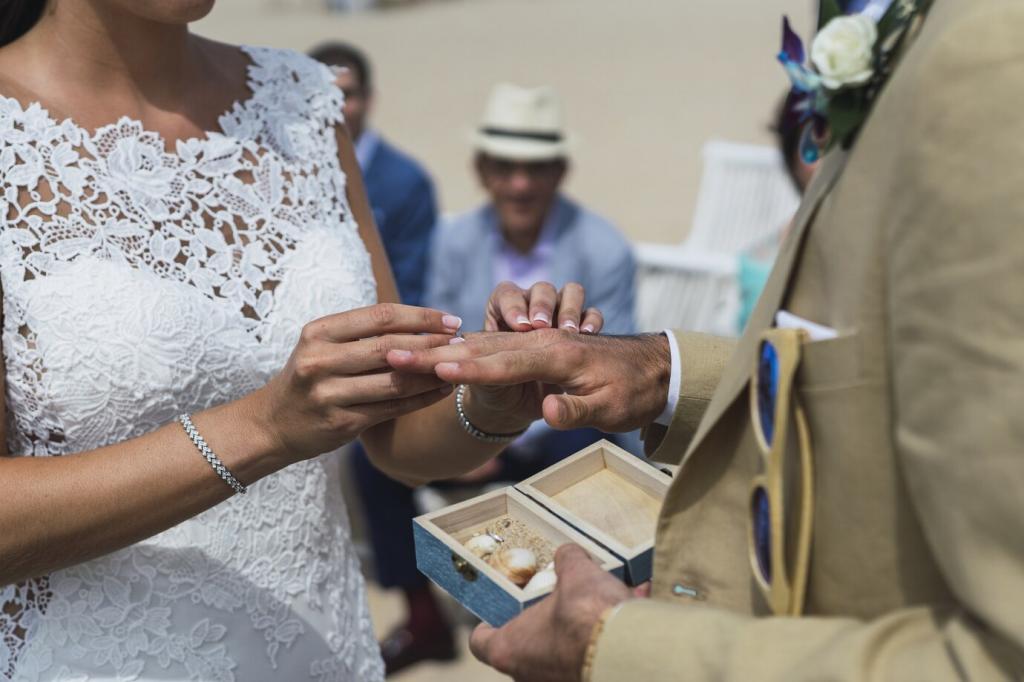Family and Community Rituals
A chuppah frames a Jewish couple’s first shared shelter, often held by friends to signify communal support. Seven blessings echo hopes for wisdom and joy. When the glass breaks, everyone shouts “Mazel tov,” acknowledging sorrow exists, yet love chooses celebration anyway.
Family and Community Rituals
Greek kalamatianos winds guests into an orbit of steps; the hora lifts newlyweds high, hands anchoring chairs like lifelines. Palestinian dabke stamps out a rhythm of solidarity. These circles transform spectators into co-authors of the marriage’s first shared heartbeat.
Family and Community Rituals
Filipino money dances scatter bills like blessings for future needs, while Nigerian money spraying publicly honors achievement. In Scotland, pinning clan colors acknowledges guardianship. Such gifts are less about wealth than about a promise: we will help you build and rebuild.
Family and Community Rituals
Lorem ipsum dolor sit amet, consectetur adipiscing elit. Ut elit tellus, luctus nec ullamcorper mattis, pulvinar dapibus leo.




